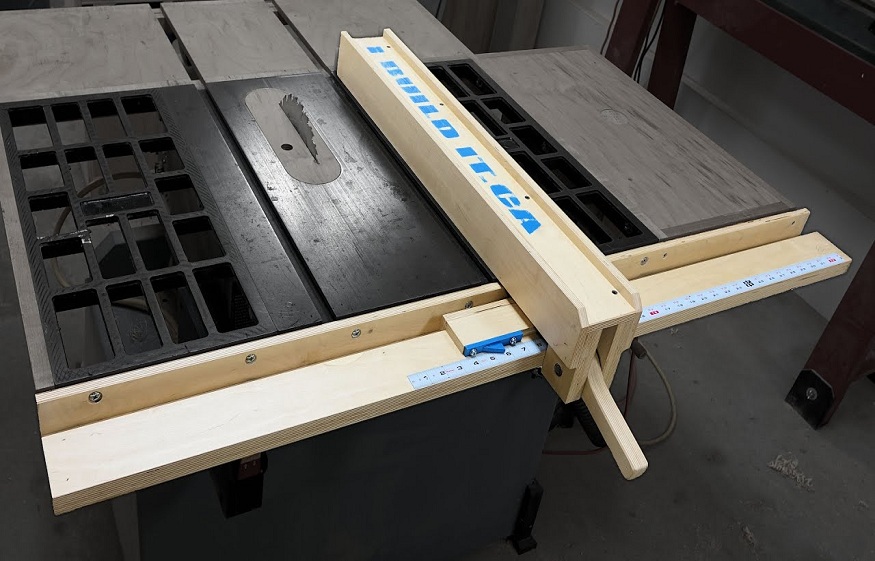Rip fences are essential parts of the table saws that help woodworkers cut wood precisely, evenly, and safely. A table saw fence looks like a metal bar that runs parallel to the saw blade. The saw operator can adjust the fence according to the width of the cut.
The best rip fence will allow you to cut the wood as lined up so that you can cleanly rip the wood-grain. If you cut the wood across the grain or at an angle, it can be dangerous for you because the saw can kickback, which can severely injure you.
The best table saws will almost come with rip fences. If your table saw doesn’t include a fence, then you need to purchase one separately. Although you can add your purchased fence to a table, you need to consider how well it lines up after you’ve tightened it.
What to Look for in a Table Saw Fence
When you’re going to have the best table saw fence, you find some differences in many factors, including fence size, construction material, weight, ease of installation, and more. Consider these factors before making a purchase.
Fence Size
Size is one of the most crucial factors in this regard. If you have a small saw with a large rip, you won’t find it comfortable to work. So, consider the fence size from 30 to 50 inches according to your requirements.
Construction Material
Look at the construction material when evaluating a fence. You can choose a fence that is made from a sturdy piece of aluminum or steel. These metals provide excellent support for your wood and will be relatively resilient to wear and tear. Avoid such fences that are made of plastic. This means you shouldn’t compromise with durability.
Perfect Weight
Weight is the other factor that you also need to consider. Overweight fences are more than 50 pounds, which can break or snap the saws. The best weight range is from 30 to 45 pounds. This amount of weight won’t warp the surface. It will provide the necessary support to keep your saws upright while cutting.
Ease of installation
Since you may not like a complicated system to install a table saw fence, make sure that your table saw fence is easy to install under 30 minutes. All fences are designed to adjust on different table saws and require drilling of new holes. This means you have to mark the point on your table saw to drill holes to install the fence.
Micro-Adjustment Capability
The micro-adjustment capability is a necessary feature if you need precise adjustment. It allows you to move the fence in a direction, whether it can be done via a threaded rod or thumb nut combination. Hence, consider the one that has the micro-adjustment capability.
Positioning Scale
Table saws, especially portable jobsite saws, include a positioning scale on the edge of the table. If you purchase a table saw that doesn’t include a positioning scale, then you’ll be forced to measure manually with every piece of material that goes across your table. If you don’t have one, purchase the best positioning scale that is highly visible and easy to read.
Conclusion
We’ve already known what factors to consider when purchasing the best table saw fence. If you think these factors are not enough for you to choose a fence from the market, you have an option to make a table saw fence DIY.




